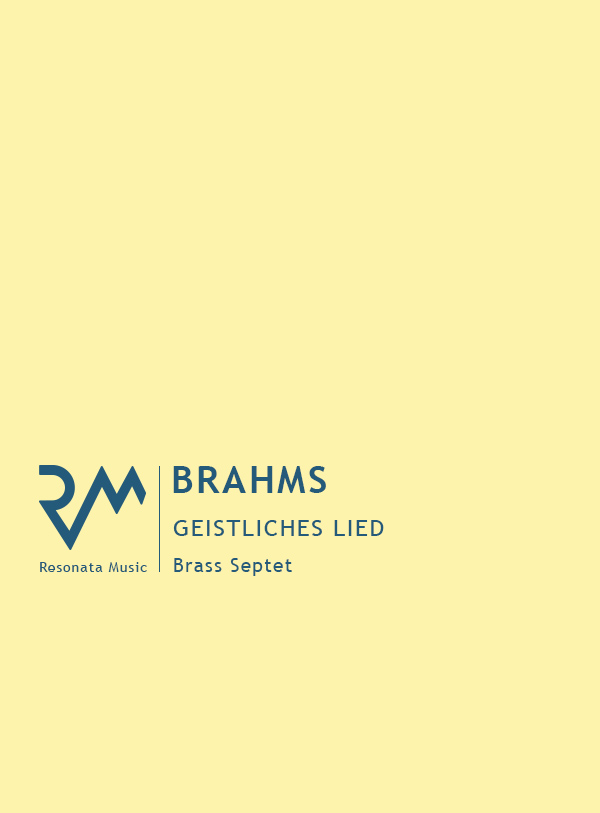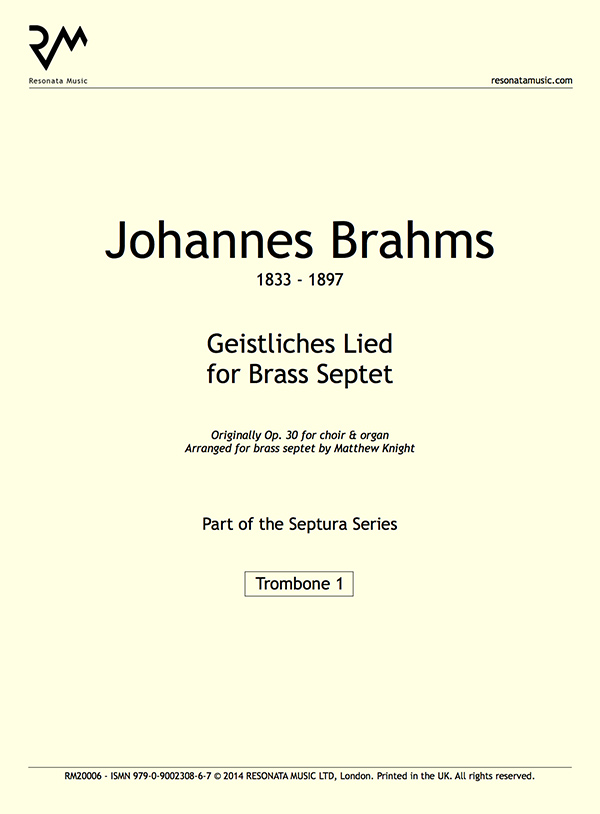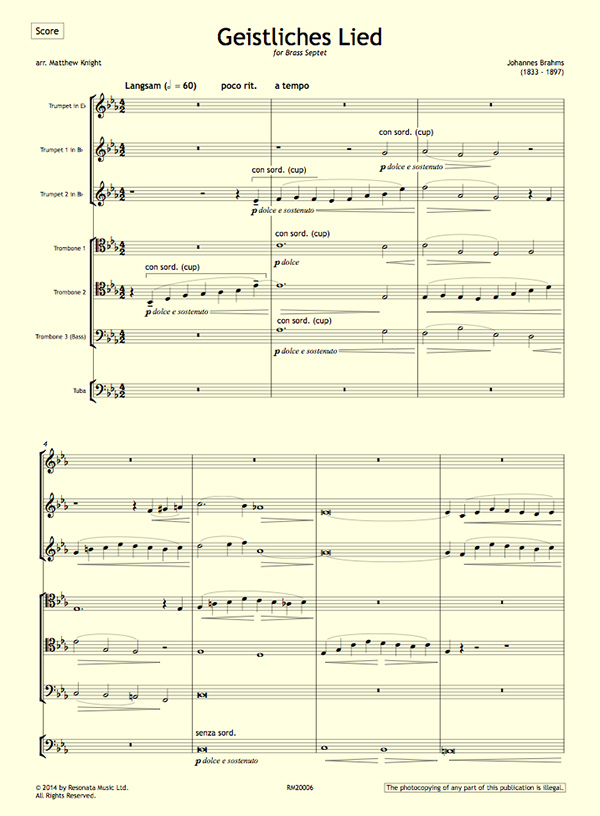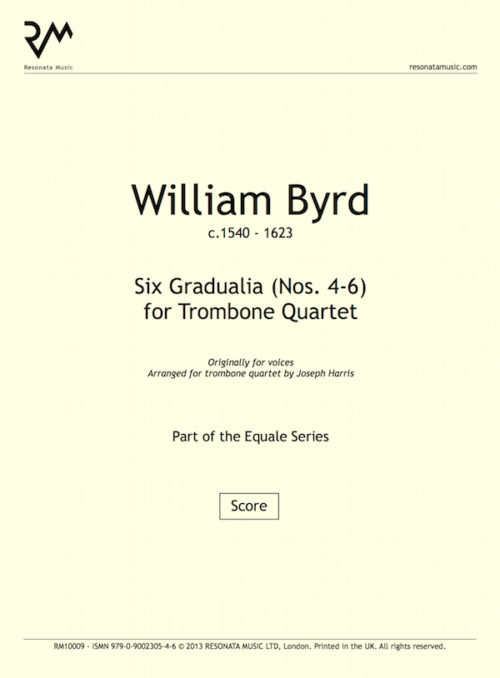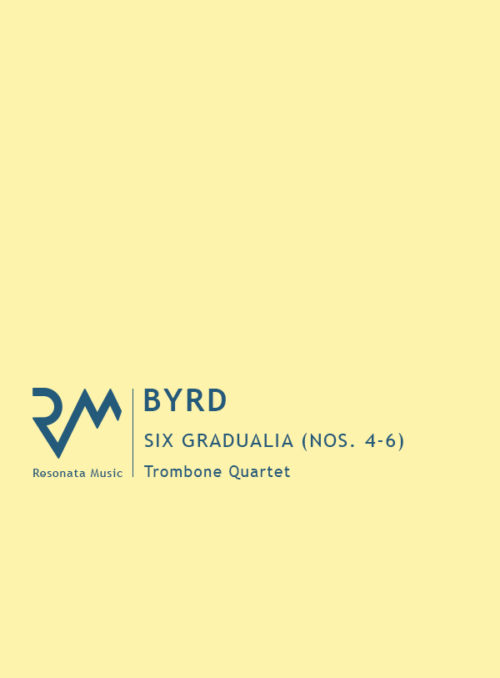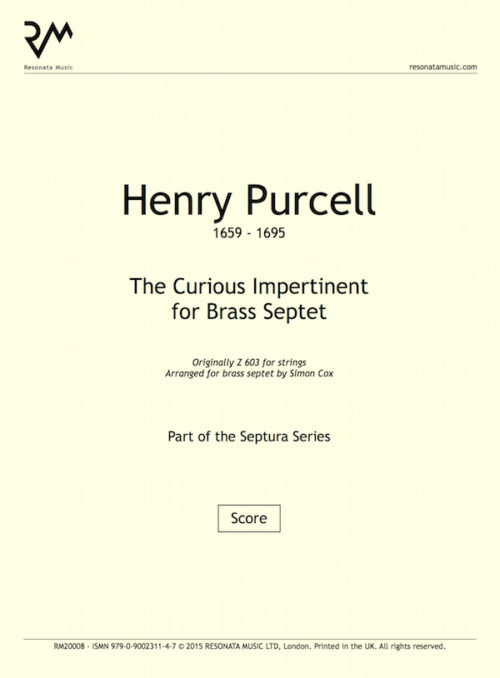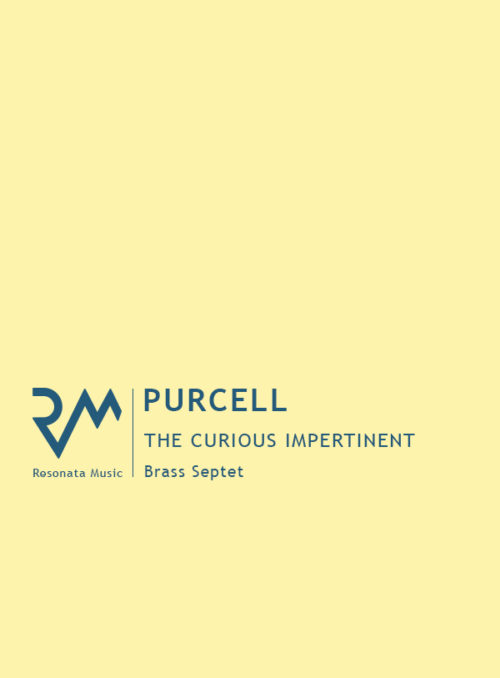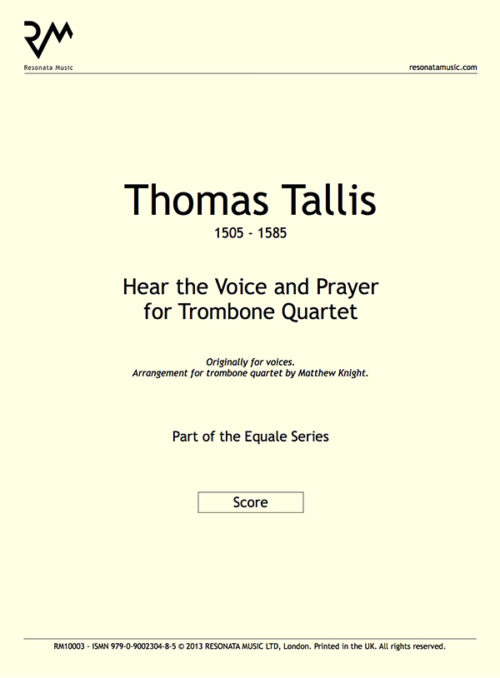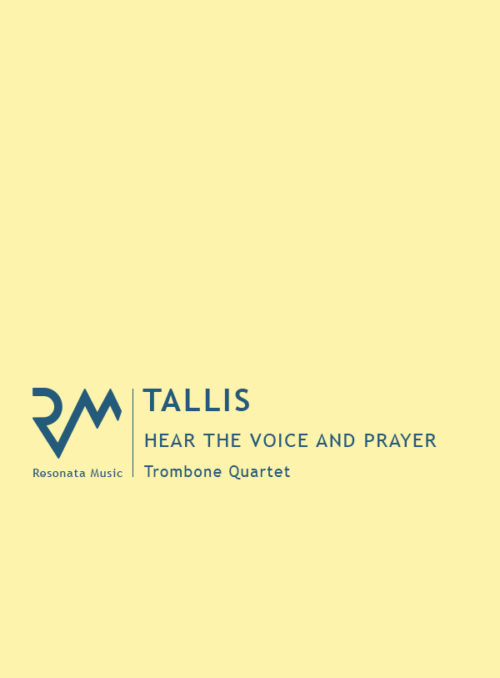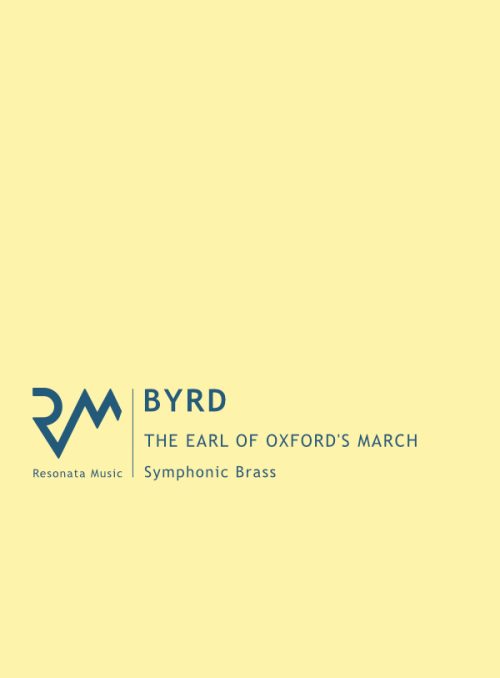Description
Meeting Schumann in 1853 instigated Brahmsʼ interest in historicism, and in particular the intense study of counterpoint. Brahms grew close to Schumannʼs wife Clara, and composed the Geistliches Lied, his earliest accompanied choral work, in 1856 as Schumann was on the brink of death in an asylum.
So it seems likely that Clara was the intended recipient: the text, a call to trust in the will of God in the face of grief, is set as a double canon. It is this technical mastery, along with the clear ternary (ABA) structure, that makes the piece work in a purely instrumental context: cup mutes are used to recreate the organ accompaniment, and paired trumpets and trombones play the choral canons. And of course the strict counterpoint doesnʼt preclude heartfelt emotion – nowhere more evident than in the soaring lines of the ʻAmenʼ in which the order of the canons is reversed.
Parts included:
- Score
- Trumpet in E-flat
- Trumpet 1 in B-flat
- Trumpet 2 in B-flat
- Trombone 1
- Trombone 2
- Trombone 3 (Bass)
- Tuba
Purchasing this product entitles you to download it three times. You will receive an email with a link to download your files upon completing payment.

